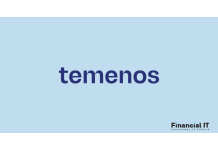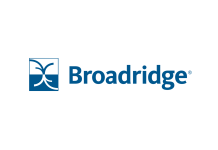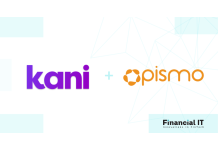Unipaas Unveils Seamless Card-On-File Migration To...
- 30.09.2025 08:45 am
Clearent by Xplor Launches Xplor Capital, Enabling...
- 09.05.2025 10:35 am
Lemon Partners with Siemens to Bring 0% SaaS Financing...
- 07.04.2025 08:35 am
Valu-Trac Selects Temenos Multifonds SaaS to Scale...
- 05.12.2024 08:55 am
Lemon Secures Partnership With Shawbrook Bank to Offer...
- 10.10.2024 10:10 am
Temenos and Tech Mahindra Launch New Service on...
- 02.07.2024 09:55 am
FIS Launches Climate Risk Financial Modeler to Help...
- 05.06.2024 02:00 pm
Temenos Multifonds Extends Partnership with Citi...
- 08.05.2024 09:45 am
CGS International Securities Expands Securities...
- 04.03.2024 01:55 pm
Lithuania’s Šiaulių Bankas Selects Temenos SaaS to...
- 27.02.2024 08:50 am
Global Data Reporting Pioneer Kani Payments Partners...
- 21.02.2024 09:35 am
Temenos tops ESG ratings: Dow Jones Sustainability...
- 13.02.2024 10:55 am






















